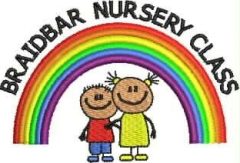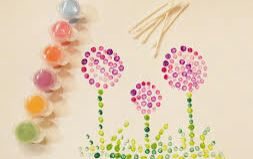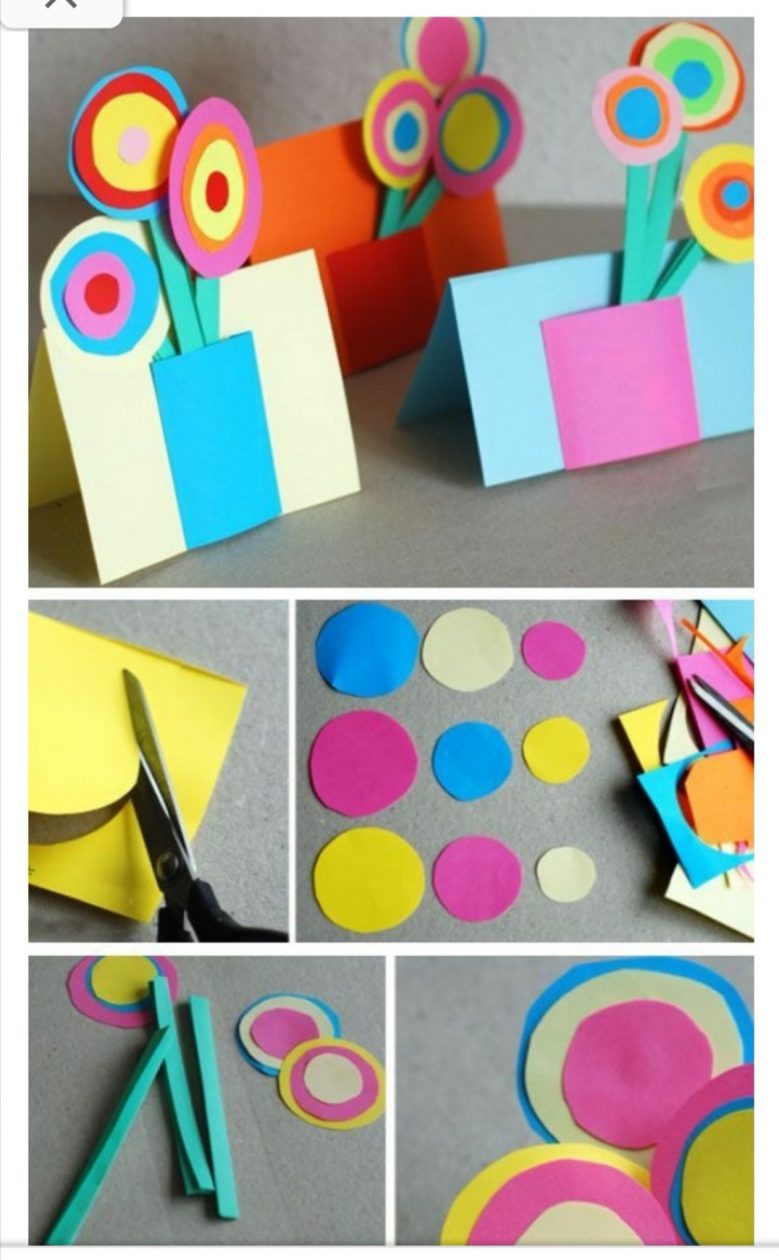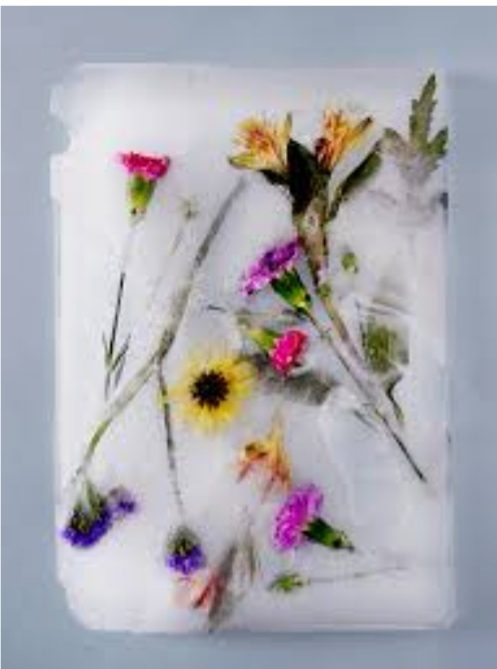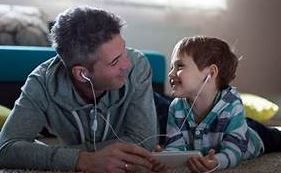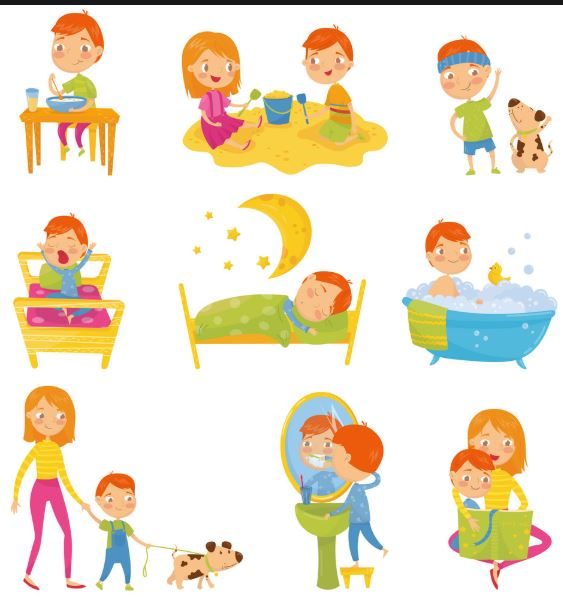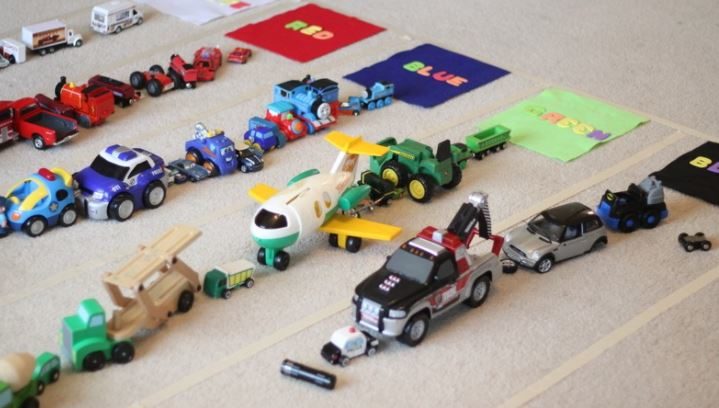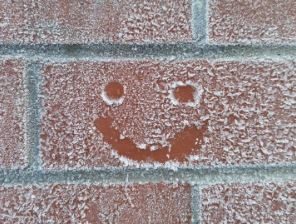Buongiorno!
COMING UP…
*Our final blether of the week is on Teams today at 2pm for the Green and Purple Groups*
*Next Monday 25th is Burns Day so maybe we could all have an excuse to wear something a bit special and find some tartan*
*You may wish to join the RSPB Big Garden Birdwatch coming up on 29th January. We are joining in at the hub too! Details on signing up below*
https://www.rspb.org.uk/get-involved/activities/birdwatch/?sourcecode=BWMITH0230&channel=paidsearch&gclid=EAIaIQobChMI1dbX18Oo7gIV8mDmCh0q4wd5EAAYASABEgI3n_D_BwE
Today’s suggestions for learning and play continue with the food theme.
B. Observational skills and descriptive language http://d43fweuh3sg51.cloudfront.net/media/media_files/rtttec13_vid_bcolors_43_mezz-16×9-mp4-1200k.mp4
How are fruits and vegetables the same/different? If you have a magnifying glass you can look really closely at fruits and vegetables – what do you notice about the skin, texture and seeds? If you look closely at fruits they will have seeds- either on the inside, like apples or on the outside like strawberries and raspberries.
Maybe you could take photographs or draw pictures of what you see. This might be nice to do as a family, with everyone looking at the same fruit/veg on the plate but every drawing, no doubt, ending up a little different. This in itself should open up some interesting discussion.
What makes them healthy ? What does keeping healthy mean ? Are there other things we can do to keep us healthy ?
Test your memory and vocabulary with this matching pairs game:
https://www.seeandeat.org/memory-game/
Or look here for videos, games and activity ideas:
https://www.bbc.co.uk/cbeebies/topics/food
Popcorn Family Fun. Have a cinema night. Make numbered tickets for the ‘customers’. Cook popcorn. Count the pops as it cooks – this will soon become impossible. Scoop the popcorn into different small containers to see what the capacity of each is. Do any surprise you? Decide which one to use as your official scoop. Ask each customer how many scoops of popcorn they want and count the scoops into a bowl to serve.
F. There are lots of counting songs with a food focus. Which ones do you know? Can you join in? Some of the songs involve counting forwards and others counting backwards. Why don’t you try counting forwards and backwards and see how far you can go? Start small, perhaps counting back from 3 then extend the number range as appropriate. One way to extend the number range is by the adult and child saying alternate numbers.
G. Where do foods come from? Do they grow in the ground? Do they grow on trees/bushes?
What countries of the world do these foods come from, how far away are these countries? Maybe use a map and Google to find out these answers.
How do foods get delivered to our shops/supermarkets? How are they packaged? What type of vehicles or used do they come by boat, air or by road?
We would love to learn what you have discovered maybe in a video or a drawing.
Have you ever tried painting with food!? Food comes in all different sizes,shapes and textures which can make some interesting patterns, why not explore this by using broccoli as a painting brush or rolling with a corn on the cob? What shapes does it make? What pattern does it leave?
Potato printing is also a fun way to explore pattern and shape. Carefully cut out a shape or create your own pattern to print with! You could try a square, heart,diamond,rectangle…
I. A few days ago we thought about Eric Carle, the author and illustrator of the Very Hungry Caterpillar. Here are some more ideas inspired by the caterpillar’s munching!
1 Golden Delicious Apple
1 Green Pear
1 Granny Smith Apple
2 Kiwis
1 Strawberry
6 Raisins
Start out by slicing each piece of fruit using a knife.
Then cut the ends to fit & match up.
Line them up on a plate.
Place on the strawberry for the head.
Cut a small piece from a apple to make the eyes & antennas (break a toothpick in half to attach).
Cut the raisins in half & pressed them together for feet.
And finally…. Another soup-er simple recipe from Mrs Nugent!
#sharesomesoup
Carrot & cheddar soup with toast soldiers
Ingredients
* 25g butter<https://www.bbcgoodfood.com/glossary/butter-glossary>
* 1 small onion<https://www.bbcgoodfood.com/glossary/onion-glossary> , roughly chopped
* 500g carrots<https://www.bbcgoodfood.com/glossary/carrots-glossary> , chopped
* 1 medium potato , (about 140g/5oz peeled weight), chopped
* 1.2l chicken or vegetable stock
* 100g mature cheddar<https://www.bbcgoodfood.com/glossary/cheddar-glossary> , grated
* 150ml milk<https://www.bbcgoodfood.com/glossary/milk-glossary>
To serve
* toast soldiers
Method
* STEP 1
Melt the butter in a large saucepan over a low heat and tip in the onion, carrots and potato. Fry gently for about 10 minutes, stirring from time to time, until the onion is soft and the vegetables are glistening.
* STEP 2
Pour in the stock and bring to the boil, then reduce the heat and partially cover the pan. Simmer for about 20 minutes, until the vegetables are soft.
* STEP 3
Whizz the mixture in a food processor or blender until smooth (a blender will give a smoother texture), then add the cheese and whizz again. Return the soup to the pan, pour in the milk, then reheat gently and taste for seasoning. Serve the soup with buttered toast soldiers.
